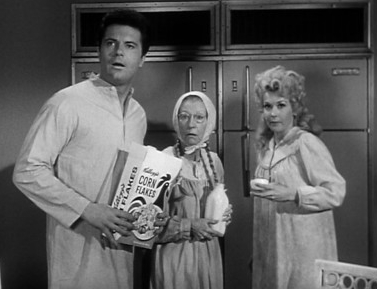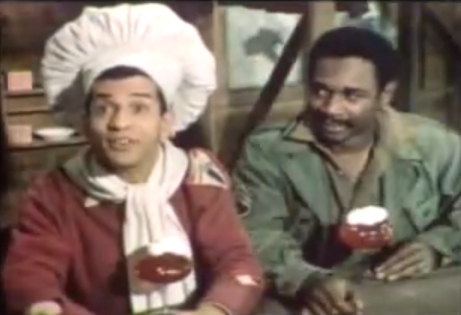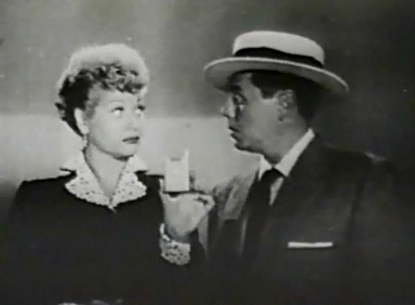
The Flintstones smoked Winstons. The Clampetts hawked Corn Flakes. Ozzie & Harriet loved their kitchen's natural gas. And Hogan's Heroes savored their Jell-O. (The favorite food of every POW camp!)
So what's the big deal with commercials being incorporated into the new sketchcom Michael and Michael Have Issues (Wednesday at 10:30 p.m. ET, Comedy Central)?
Ad Age reports that stars Michael Ian Black and Michael Showalter will do spots in six of the season's seven episodes, for advertisers like Dunkin' Donuts and Mike's Hard Lemonade -- your standard young-guy-demo sponsors. Klondike bars are pitched in this week's premiere, says Ad Age, and also on the web in a Michaels online micro-series.

The article treats this like some amazing innovation. But TV's first few decades (late '40s-early '70s) were full of it.
Series stars routinely shilled both in and out of character, and not only in the commercial breaks. The early '50s
George Burns and Gracie Allen Show wrote their sponsor Carnation's instant milk right into the scripts, finding ways for George and Gracie to
discuss the productwith household visitors.
Somewhere along the way, a church/state wall seems to have gone up between program content and outright product pitching-- but you could argue that old-time star shillery is a bit cleaner than today's "product placement," where you're never sure if a brand name is mentioned because of script intent or sponsor dollars. Everybody knew way-back-when that these commercial testimonials were ads -- even kids knew, and even if characters like Granny and Jethro were doing them.

Besides, they were fun, and often funny. (We're lucky that some TV DVD sets have included these in-character commercials among their bonus features, among them
The Dick Van Dyke Show,
The Beverly Hillbillies season sets, and
I Love Lucy, where Lucy and Desi
smoke Philip Morris, before tobacco ads were banned from TV in 1971.)
Of course, sponsors actually put their names in the titles of shows in TV's earliest days of Colgate Comedy Hour, Texaco Star Theater and Westinghouse Studio One.
And somehow, both the republic and the medium survived.